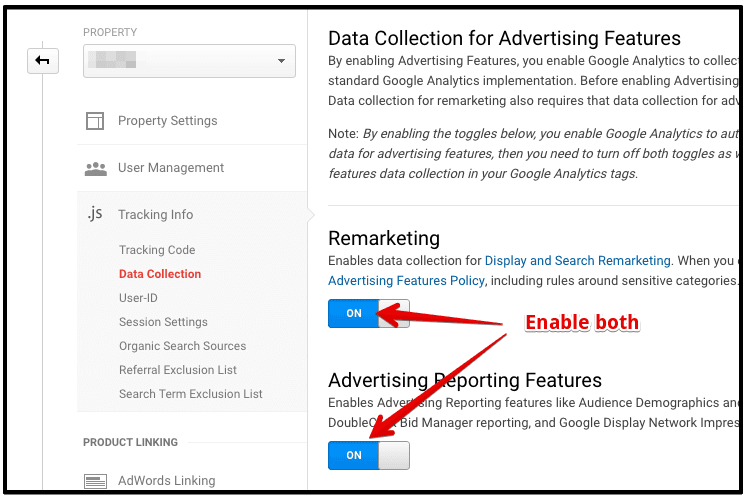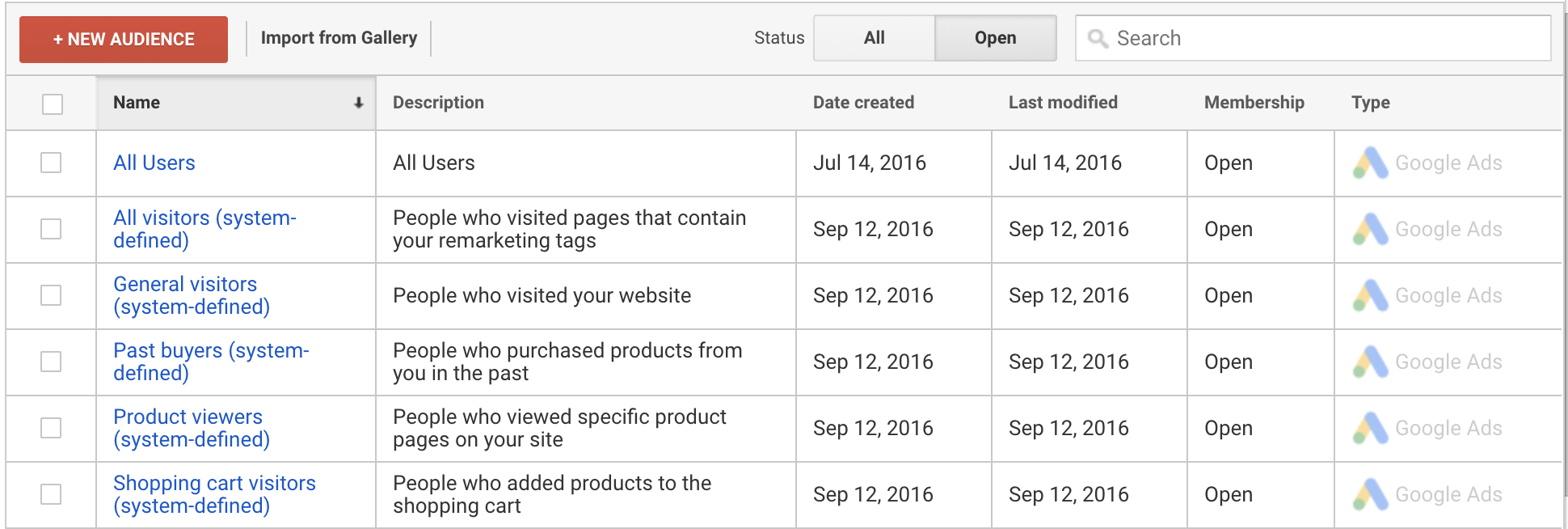Using Remarketing in Google Analytics: A Comprehensive Guide
Taking advantage of remarketing in Google Analytics uses services a tactical side in reaching out to potential customers. This overview will drop light on the important steps involved in using the complete possibility of remarketing in Google Analytics, leading to boosted advertising and marketing end results.
Understanding Remarketing in Google Analytics
Remarketing in Google Analytics permits companies to purposefully target customers that have actually previously connected with their site or mobile app. By leveraging data from Google Analytics, organizations can develop tailored remarketing listings based upon individual habits, such as pages checked out, actions taken, or details goals accomplished. This effective tool allows organizations to re-engage with users who have shown rate of interest in their product and services, inevitably boosting the likelihood of conversion.
Recognizing the different sorts of remarketing techniques is crucial for an effective campaign - What Is “Remarketing” In Google Analytics?. Google Analytics offers numerous alternatives, consisting of standard remarketing, vibrant remarketing, and remarketing checklists for search advertisements (RLSA) Each kind serves an one-of-a-kind objective and can be tailored to satisfy specific advertising and marketing purposes
Furthermore, analyzing the efficiency of remarketing projects is important for optimizing results. Google Analytics gives valuable understandings right into the effectiveness of various remarketing techniques, enabling services to make data-driven decisions and improve their targeting approach. By constantly changing and keeping track of remarketing efforts based upon analytics data, organizations can maximize ROI and drive success in their marketing efforts.
Establishing Remarketing Projects

After establishing up audience listings, the following action is to link Google Analytics with Google Ads. By linking these two platforms, organizations can perfectly move audience lists from Google Analytics to Google Advertisements for remarketing functions. This integration permits more precise targeting and far better campaign performance.
As soon as the accounts are linked, businesses can develop remarketing projects in Google Ads using the audience notes previously specified in Google Analytics. These campaigns can be customized with details advertisement creatives, messaging, and bidding methods to efficiently re-engage with past visitors and drive conversions. By adhering to these steps, businesses can take advantage of the power of remarketing to enhance their advertising and marketing initiatives and enhance ROI.
Utilizing Audience Division Techniques

Predefined sectors in Google Analytics allow you to quickly analyze common audience groups like brand-new users, returning individuals, or customers that finished a particular goal on your site. Custom-made segments, on the other hand, enable you to produce special segments based on particular requirements that are essential to your company objectives. Dynamic remarketing listings immediately change based on individual habits, showing personalized ads to individuals that have engaged with your website in particular means.
Studying Remarketing Efficiency Metrics
Upon reviewing the effectiveness of remarketing campaigns in Google Analytics, the evaluation of crucial performance metrics offers useful insights into audience interaction and conversion rates. By delving right into metrics such as click-through prices (CTR), conversion rates, expense per purchase (CPA), and return on ad invest (ROAS), marketing professionals can evaluate the success of their remarketing initiatives. CTR indicates the portion of individuals who clicked on the advertisement after seeing it, mirroring the ad's relevance and appeal. Conversion prices gauge the portion of users who completed a preferred action, such as buying, after clicking the ad. CPA discloses the typical price incurred for each conversion, aiding examine campaign success. ROAS, on the various other hand, measures the income generated for every dollar invested in advertising and marketing. Assessing these metrics allows online marketers to maximize campaigns, fine-tune audience targeting, and assign budgets properly to boost overall remarketing efficiency.
Enhancing Remarketing Methods
When refining remarketing approaches in Google Analytics, focusing on audience division is paramount for achieving campaign success. By dividing your target market right into specific sections based on their habits, demographics, or interests, you can tailor your ads a check my source lot more efficiently to every team. This targeted strategy increases the possibility of engaging individuals who have currently shown interest in your services or items, leading to greater conversion prices.
An additional critical element of optimizing remarketing approaches is continually screening and refining your projects (What Is “Remarketing” In Google Analytics?). A/B testing various advertisement creatives, messaging, or deals can assist you determine what reverberates ideal with your target market and drives one of the most conversions. By evaluating the performance of these examinations in Google Analytics, you can make data-driven decisions to optimize your remarketing efforts additionally
Additionally, leveraging vibrant remarketing can significantly boost your project results. This function enables you to show personalized ads to users based upon their past interactions with your website, showcasing services or items they have formerly watched. By delivering customized material to users based upon their behaviors and passions, vibrant remarketing can assist increase involvement and drive conversions.
Verdict
Finally, harnessing remarketing in Google Analytics is a calculated strategy to target individuals who have actually formerly engaged with a website. By developing customized audience checklists and using audience division approaches, companies can maximize remarketing campaigns for boosted conversion prices. Assessing performance metrics and constantly optimizing methods are essential for making the most of the performance of remarketing initiatives.
Google Analytics supplies numerous choices, consisting of basic remarketing, vibrant remarketing, and remarketing lists for search ads (RLSA)After establishing up target market listings, Read Full Report the following step is to link Google Analytics with Google Advertisements. By linking these two systems, services can seamlessly transfer target market listings from Google Analytics to Google Advertisements for remarketing purposes.When the accounts are linked, organizations can create remarketing campaigns in Google Advertisements using the audience provides formerly specified in Google Analytics.When refining remarketing techniques in Google Analytics, focusing on audience division is paramount for attaining campaign success.